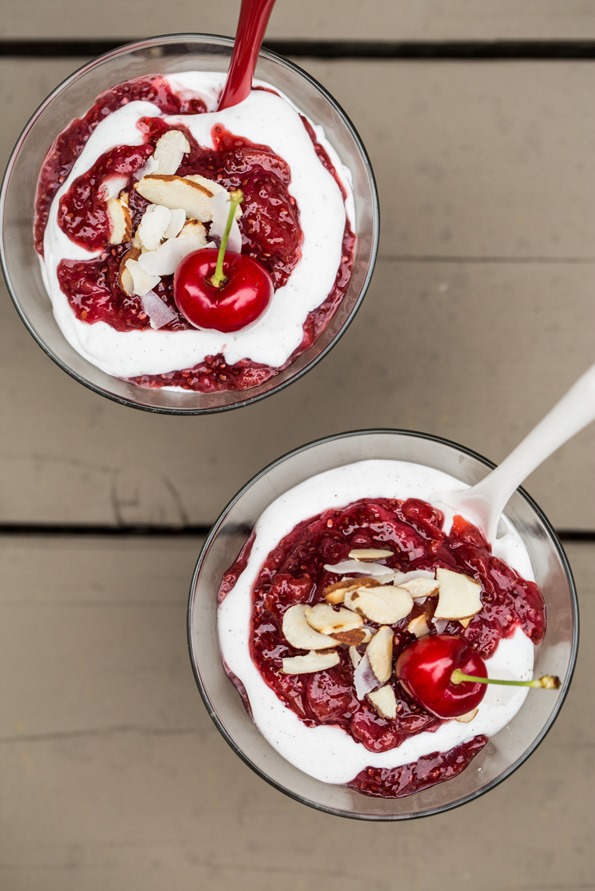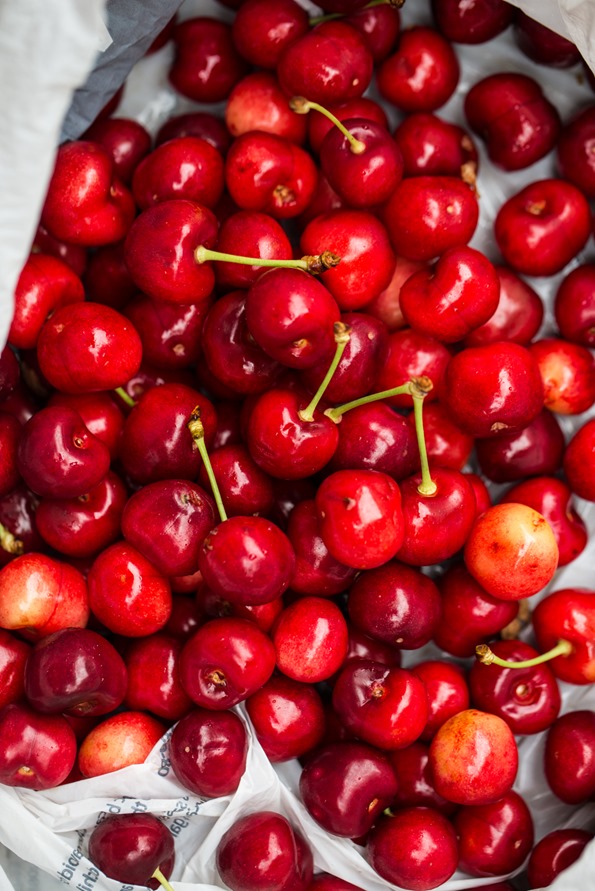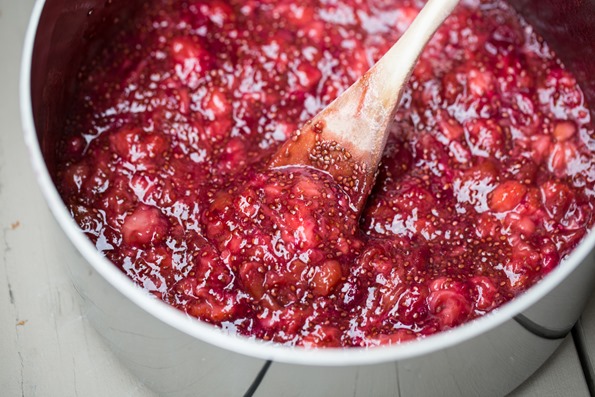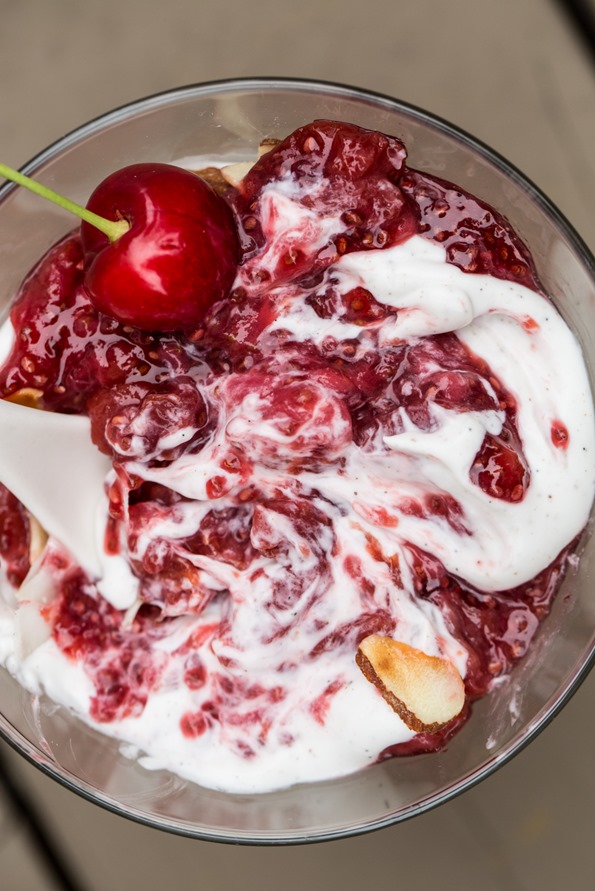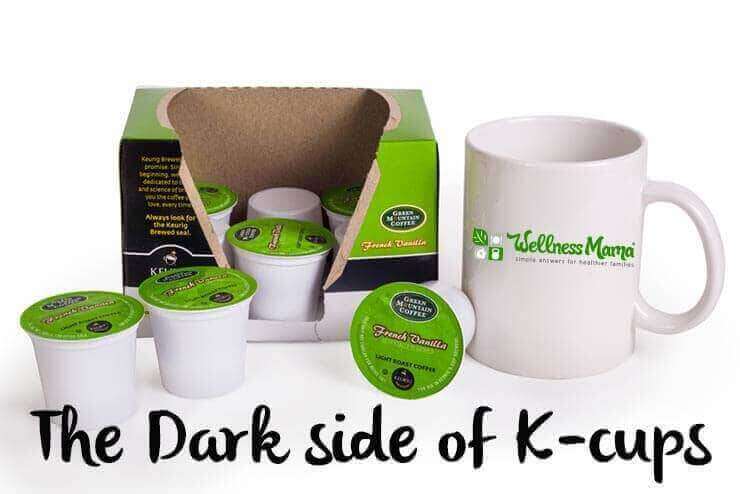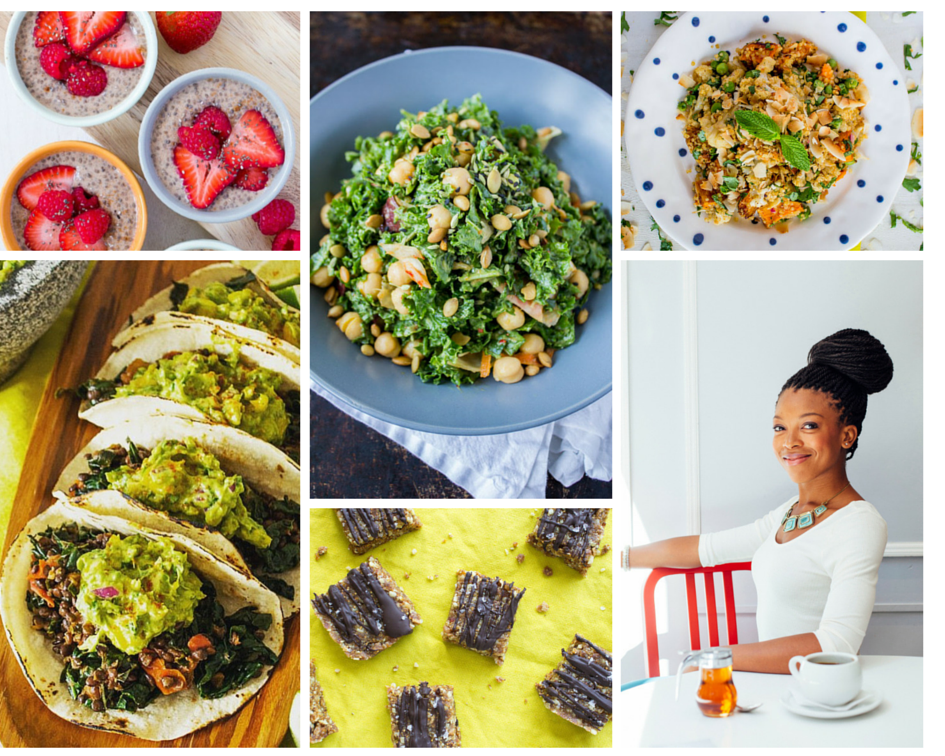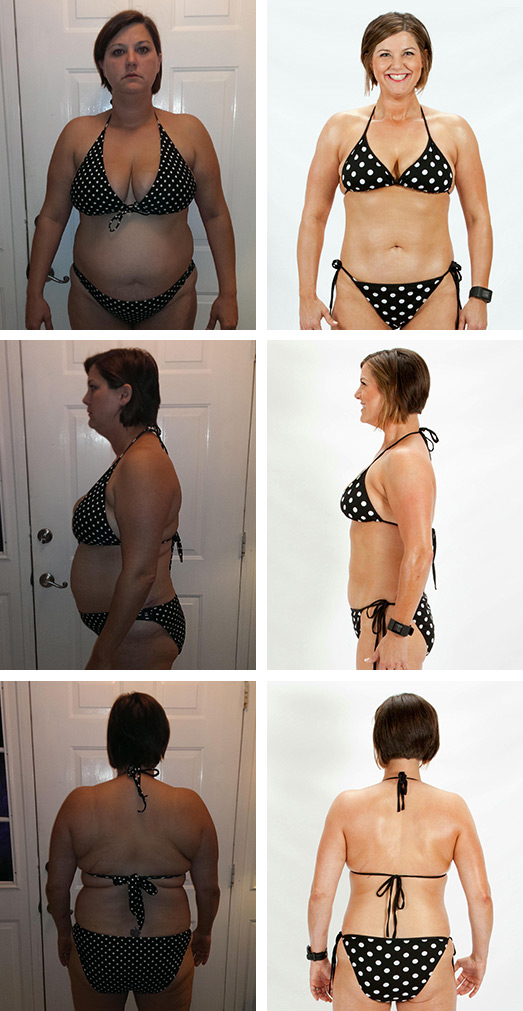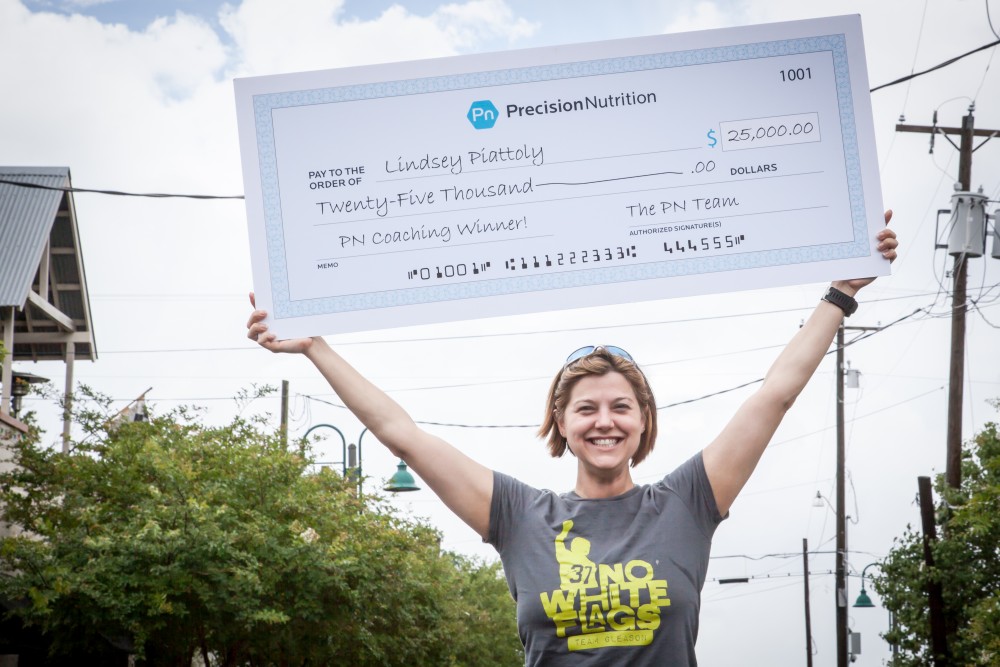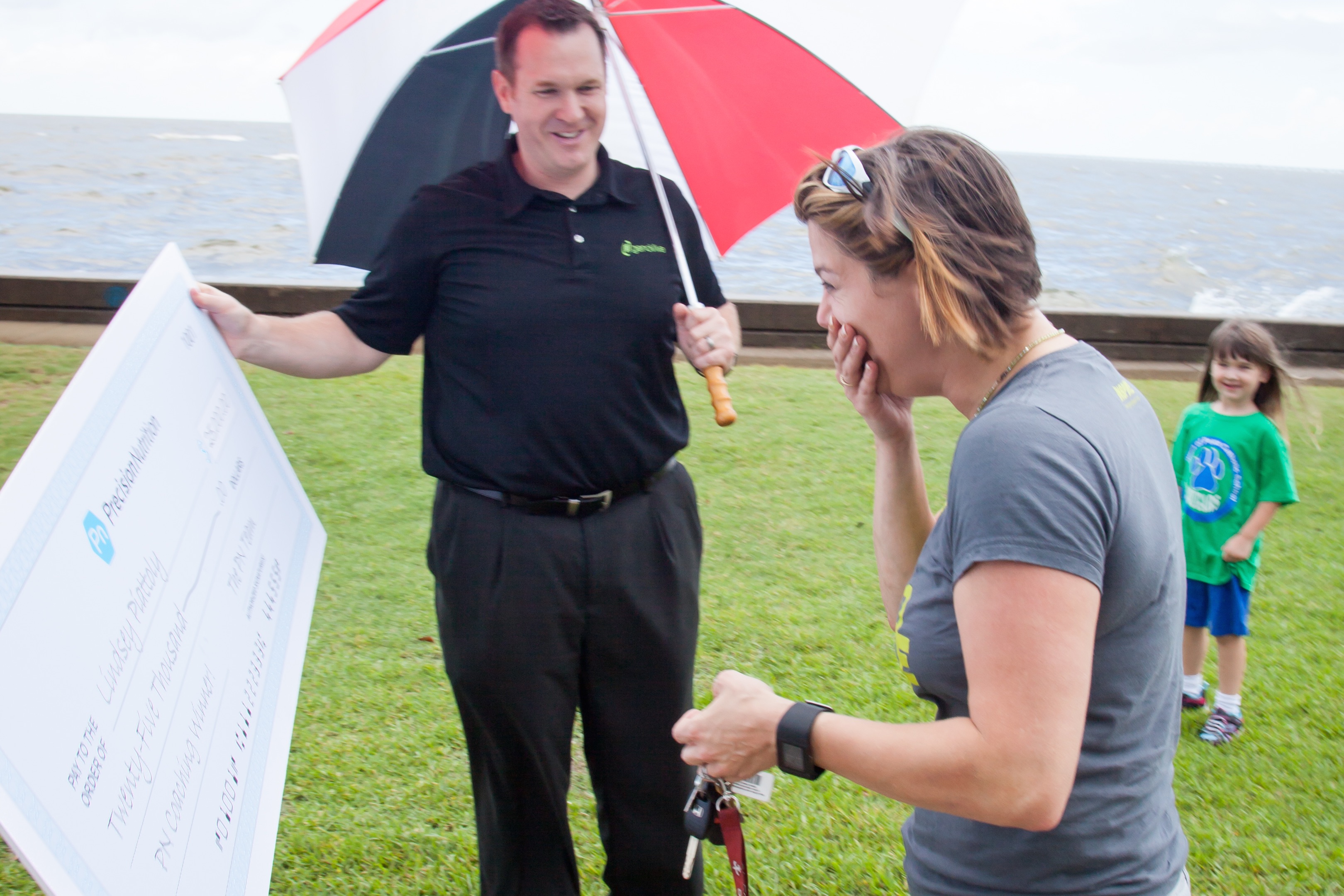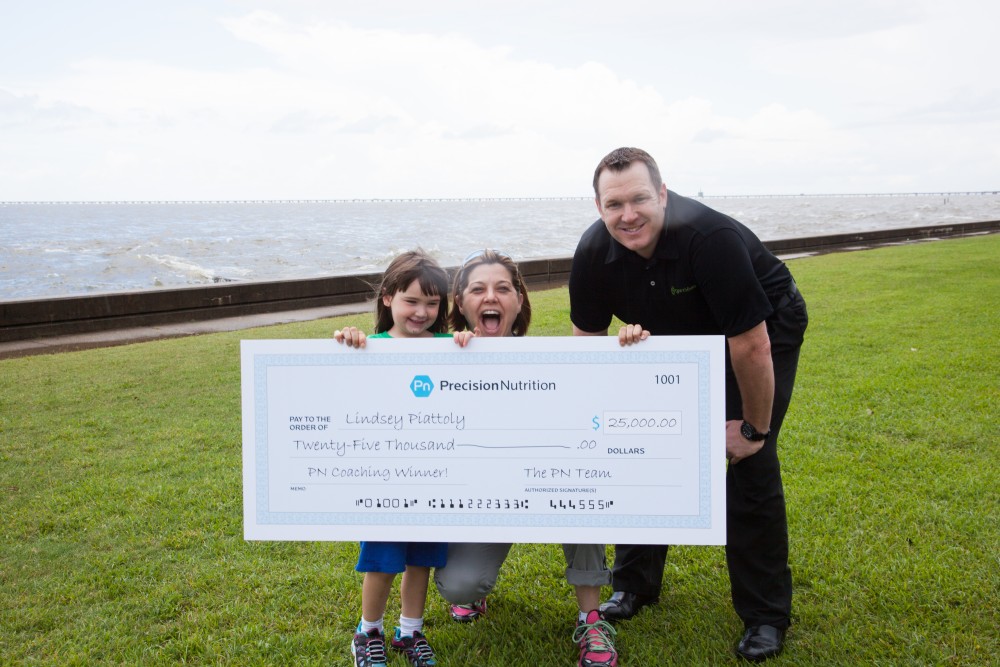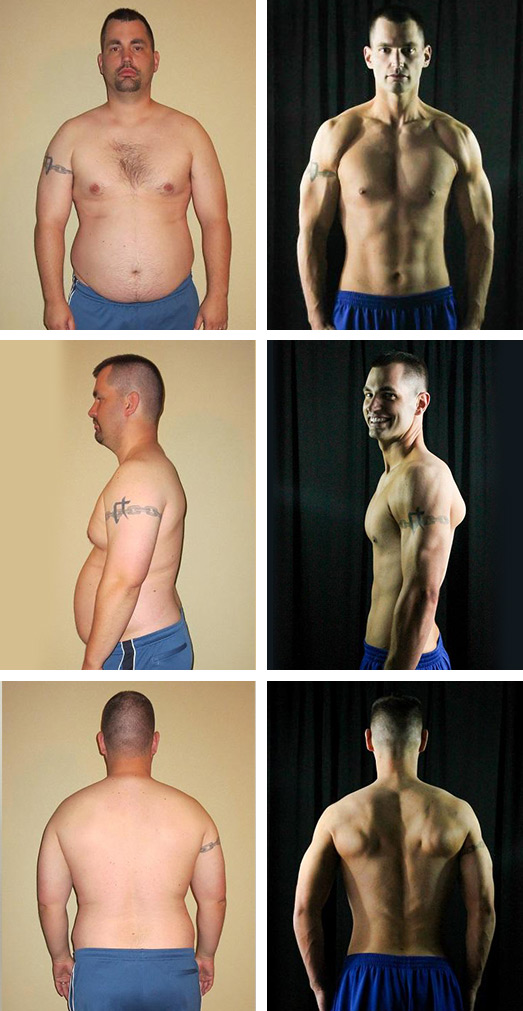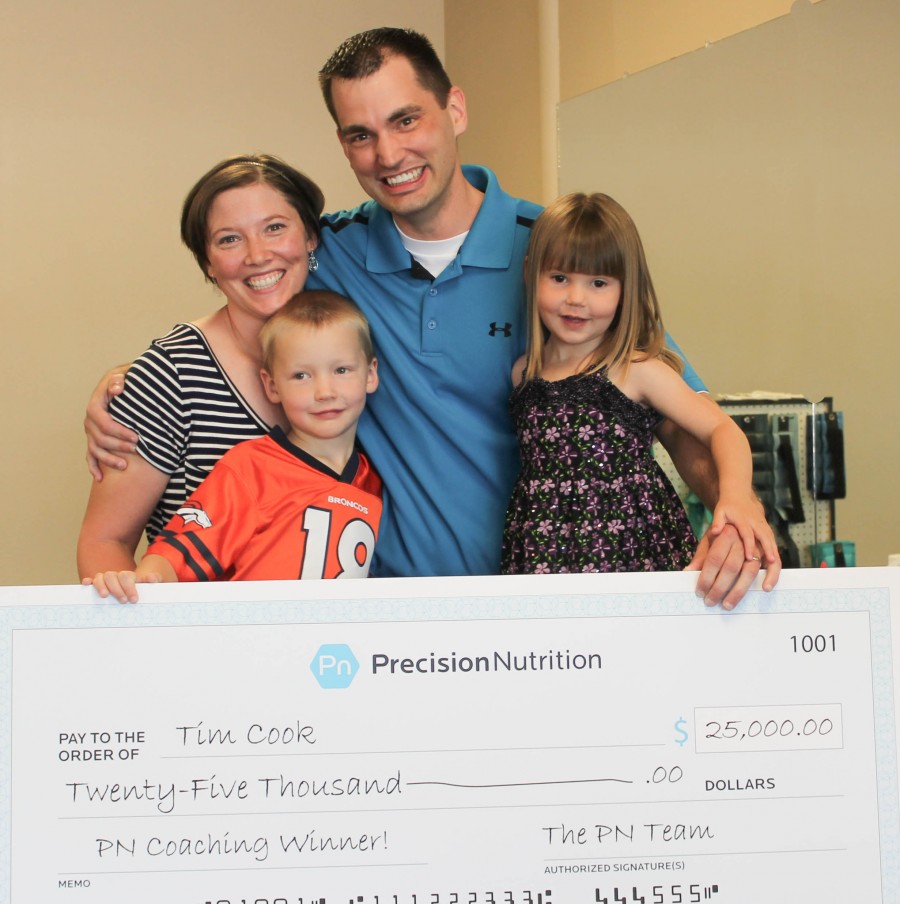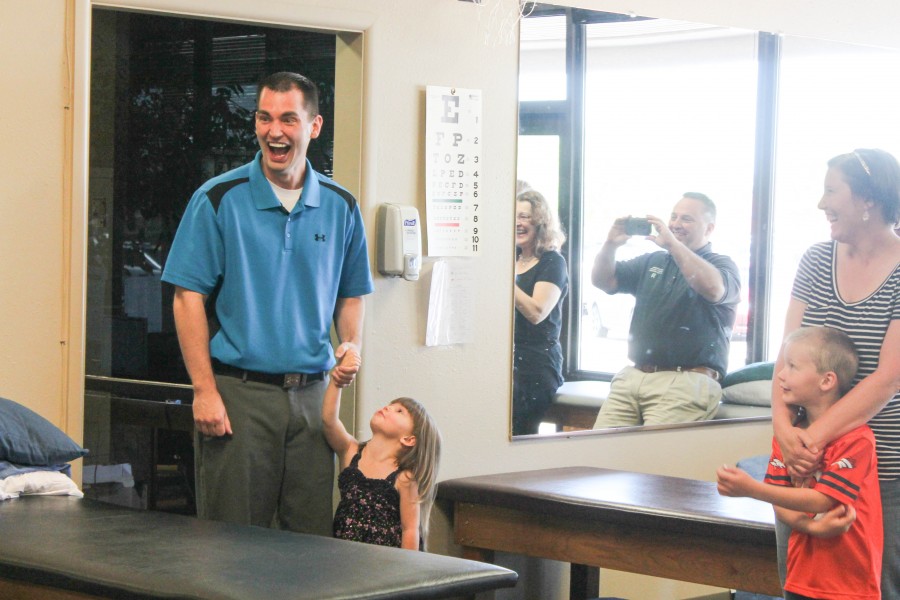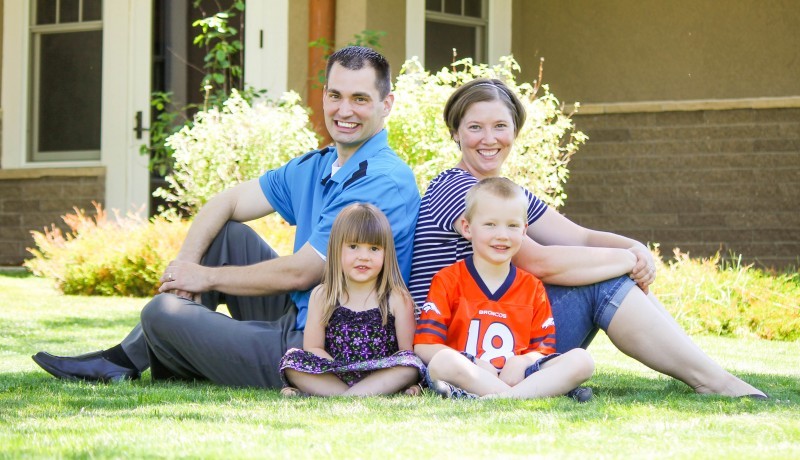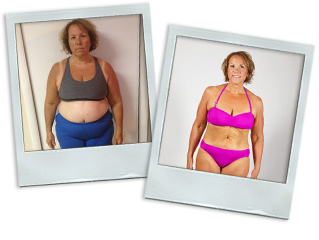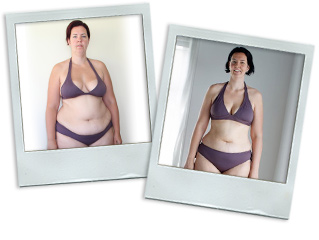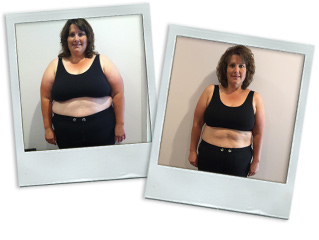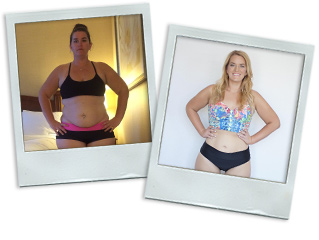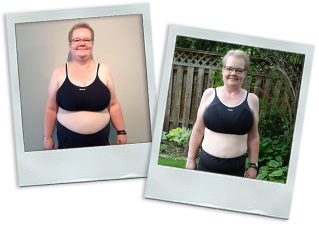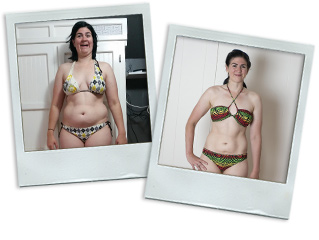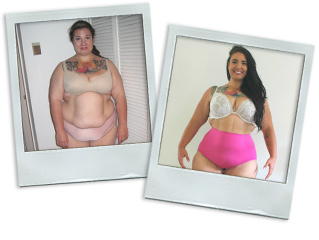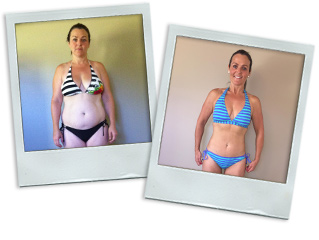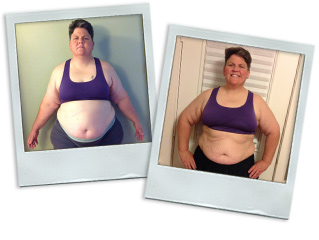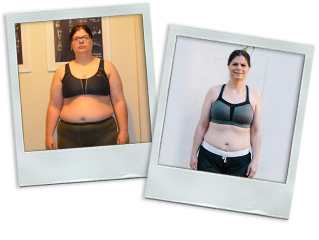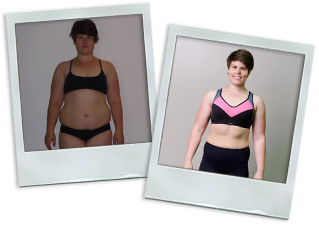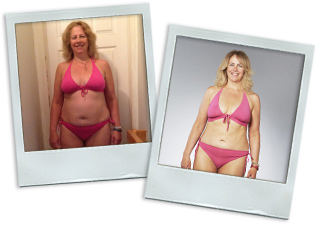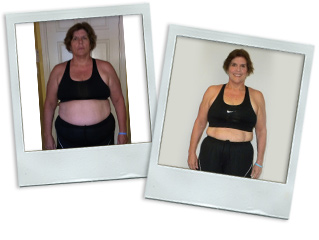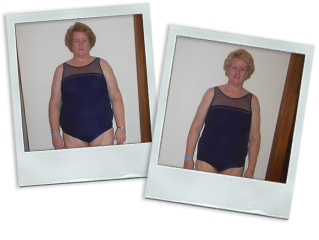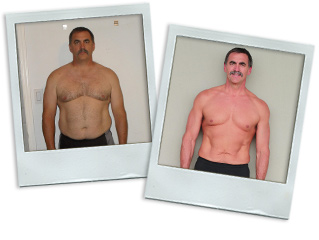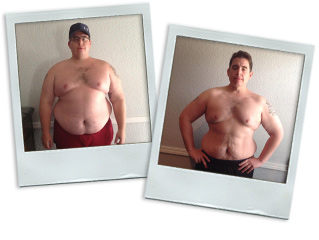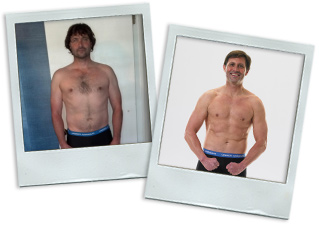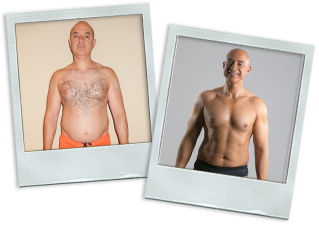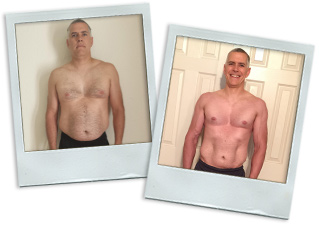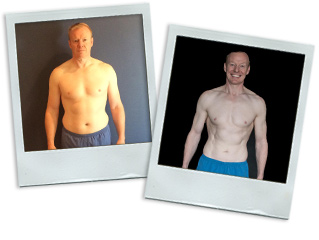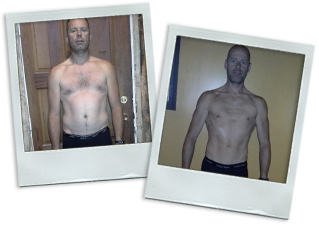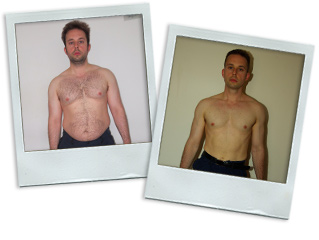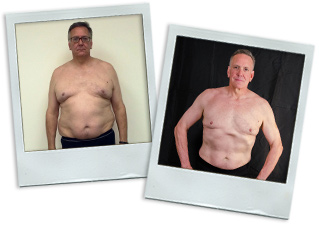
Photo by vanz
I’ve always been very honest about the fact that I spent over a decade of my life struggling with food, health and body image. That getting to the place I am now was a process of trial and error. That I am not more gifted or special than anyone else trying to lose weight and get healthy, but that I have simply found a better method than the one we’ve been given by the dieting and health industries.
Yet something strange happens when you have a successful blog or book. People look at you differently. They don’t see all the struggles and failures that you went through to get where you are. They only see the result and assume that you’re blessed.
They say things like, “I understood from reading your book that you have tried every diet out there, just as I had, but you are the original Foodist and how could I possibly ever be as good as you?” (An actual comment from a reader).
Like many of the limiting beliefs that hold us back, the idea that one person is uniquely talented and therefore her results cannot be replicated by regular people is a cognitive illusion.
I’m not a supermodel. I’m 5’5″ and probably always will be (fingers crossed for a growth spurt!). I’m not talking about changing your genetics or reaching the top 5% of hot bodies.
I’m just talking about being a normal person with the goal of being healthy, looking your best and having a positive relationship with food.
This is achievable by anyone.
When you look at someone who has achieved something you aspire to, it is easy to assume they have always been there or were destined to get there eventually. But this is almost never true. Instead, it typically means that they started before you, and are therefore further along on the journey.
I gave up dieting in 2007 and have been slowly but steadily optimizing my healthstyle ever since. I don’t have any magical abilities, I’ve just been working at it for a long time and continue to improve every year.
Reprogramming your habits doesn’t happen overnight. It takes lots of practice and much trial and error, just like learning any new skill. Over the years the basics get easier, but you still need to work on refining your tactics for specific situations. Those who excel at something aren’t always the most gifted, they just put in the necessary thought, time and effort to improve daily.
The logical conclusion then is not that you can never achieve what others have achieved, but that you certainly can achieve it so long as you take the appropriate steps.
So why is this illusion of unattainable success so darn persistent? And so crippling?
(listen up because this is important)
When you compare your position to someone else’s you are acutely aware of the struggles and difficulties you face while pursuing the same goal. But when you look at someone else, you only see the results. You don’t see the ongoing struggles and ongoing growth.
Today I want to bust that illusion open by showing you some of the healthstyle struggles I’ve faced since launching this blog.
Obviously I made a ton of headway in finding my optimal healthstyle before starting Summer Tomato. The results I had were profound enough for me to leave a career in neuroscience to be a food blogger. (So glad I have supportive parents, because most of my friends’ folks would have lost it.)
But an ideal healthstyle isn’t just something that happens to you and stays that way forever. An optimal healthstyle has to be built and then maintained. It is constantly evolving, because life changes and you have to adapt.
When I launched Summer Tomato in the spring of 2009 I was a grad student living in San Francisco. I was essentially single (had a boyfriend in another city whom I didn’t see much) and was barely keeping my head above water financially.
Life was hard, but eating well was pretty straightforward since time and money limitations didn’t leave me a lot of options. I cooked simple foods focused mainly around vegetables, beans, grains, eggs and yogurt. I couldn’t afford many indulgences like meat, seafood, alcohol, exotic ingredients or SF restaurants. I had free healthcare and a gym membership.
Since then, however, I’ve dealt with several major lifestyle changes, and not one of them was easy to adjust to or resolved itself overnight through divine intervention.
I’ve written about how I mysteriously put on some weight after graduation and how difficult it was to diagnose the problem. I also learned how to covertly reduce my alcohol consumption in a social circle that loves to drink (this is still hard sometimes).
Later, when social and professional obligations required me to go out to dinner more often (as a student I was cooking at home 6-7 nights a week), I spent almost a year trying to develop mindful eating techniques, with far more failures than successes. Even in my book I suggest a tactic that I no longer recommend (setting an iPhone reminder before meals to remember to chew). It worked for me for awhile, but wasn’t sustainable.
Even now I face incredibly difficult healthstyle obstacles that test me to my core. In just the past six months I have travelled to Las Vegas, LA, Tokyo, Portland, Austin, Albany, Puerto Vallarta, Amsterdam, Copenhagen, Omaha, Palm Springs, London and Dresden. That’s more cities than I visited in my entire year studying abroad in Europe.
As you can imagine, my home court habits are a lot less reliable when I’m not at home. While I have no trouble returning to normal once I’m back, being on the road half the time has forced me to seriously reevaluate my eating and exercise habits when I travel.
A post about my Away Court Habits is coming soon, but today I simply want to emphasize what I don’t do when my normal methods stop working.
First and foremost, I never ignore when I have a problem. Whenever something in my healthstyle starts to break down I take a long hard look at what might be going on.
I note what has changed in my life or my habits and what the consequences have been. If I’m not sure exactly what is causing my issue, I make an educated guess and test my hypothesis by trying something different. If that works I have my solution, if not I formulate a new hypothesis and try something else.
Admitting that you are doing something wrong isn’t fun, but it also isn’t that bad if you realize that it doesn’t reflect your own weakness, but a weakness in your system that still needs to be optimized. A healthstyle is a complex machine with a lot of moving parts. When one input changes it is bound to throw the system off. Your job is to figure out where the misalignment is and account for it.
You don’t have a problem unless you pretend nothing is wrong. Don’t let the ostrich be your spirit animal.
Denial is bad, but wallowing in your problem is worse still. Guilt, anxiety, stress and shame are the most common emotional reactions when we feel bad about ourselves for not doing something right.
When we are in this state, our brains default to comfort-seeking behaviors. For some people this means turning to alcohol, drugs or cigarettes. But if you’re struggling with weight or other health problems, it is also common to turn to food.
The secret to being a successful foodist is realizing that no one is perfect all the time, and that healthstyle hiccups don’t reflect on you as a person.
Practice being honest with yourself about what is and isn’t working, and don’t assume that unresolved issues impact your worth as a person or your ability to succeed. Observe your situation rationally, not emotionally, and make tweaks in your healthstyle until you figure out what works.
The process of growth and iteration never ends, so don’t let it discourage you.
How do you handle healthstyle hiccups?
Originally published June 9, 2014.
from Summer Tomato http://summertomato.com/dont-let-the-ostrich-be-your-spirit-animal/
via
Holistic Clients
